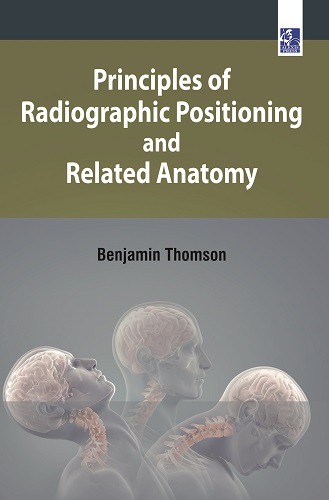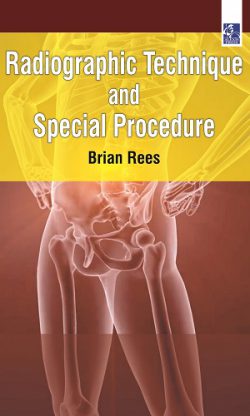Radiographic positioning refers to the way the body is placed, we call this general body position, or to the part of the body that’s the closest to the image receptor, and we call this specific body position. The image receptor (IR) is a device, such as x-ray film or digital acquisition device, that captures and then helps transform the x-ray beam into a visible image. So, as I just said, radiographic positioning can refer to a general body position or a specific body position. Position refers to the placement or the position of the body. Projection refers to the way the x-ray beam, like an arrow, passes through the body when the person is in that position. Remember, that arrow can pass through and project front to back, back to front, side to side, and so forth. Body positions in x-ray exams are based on body part, suspected defect or disease, and condition of the patient. The radiographer, also known as the x-ray tech or more formally as the radiologic technologist, uses standardized body positions in performing an x-ray exam. Positions are learned by the radiographer according to body part in relation to body habitus, anatomical position and bisecting planes, and relationship of the body to the x-ray equipment. This book gives the positioning techniques for all standard examinations in conventional radiology, with and without contrast, as well as basic positioning for CT and MRI.
Principles of Radiographic Positioning and Related Anatomy
Radiographic positioning refers to the way the body is placed, we call this general body position, or to the part of the body that’s the closest to the image receptor, and we call this specific body position.
Book Details
| Pages | 305 Pages |
|---|---|
| Publisher | Alexis Press |
| Language | English |
| ISBN | 978-1-64532-081-4 |
| Released | 2023 |










Reviews
There are no reviews yet.